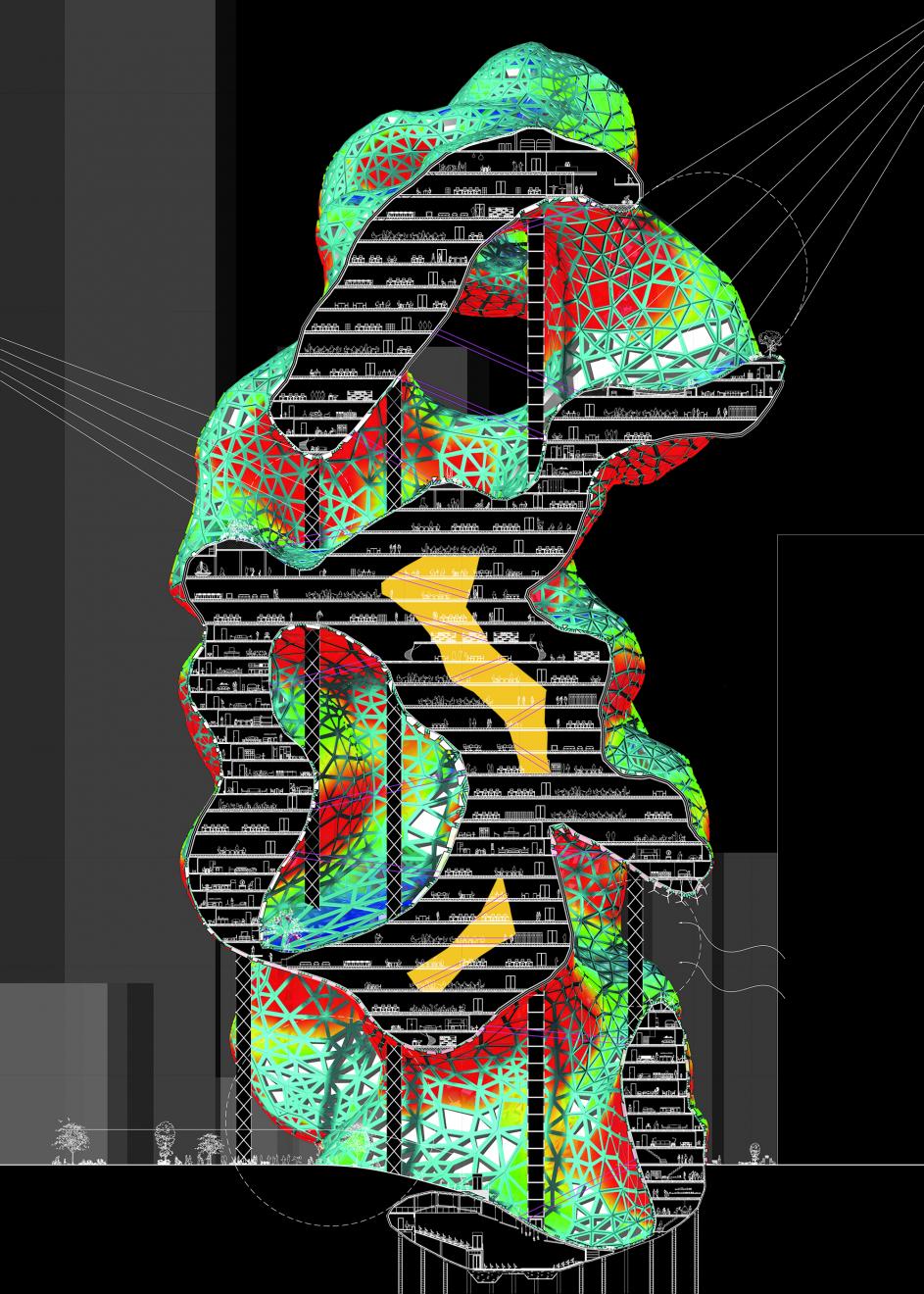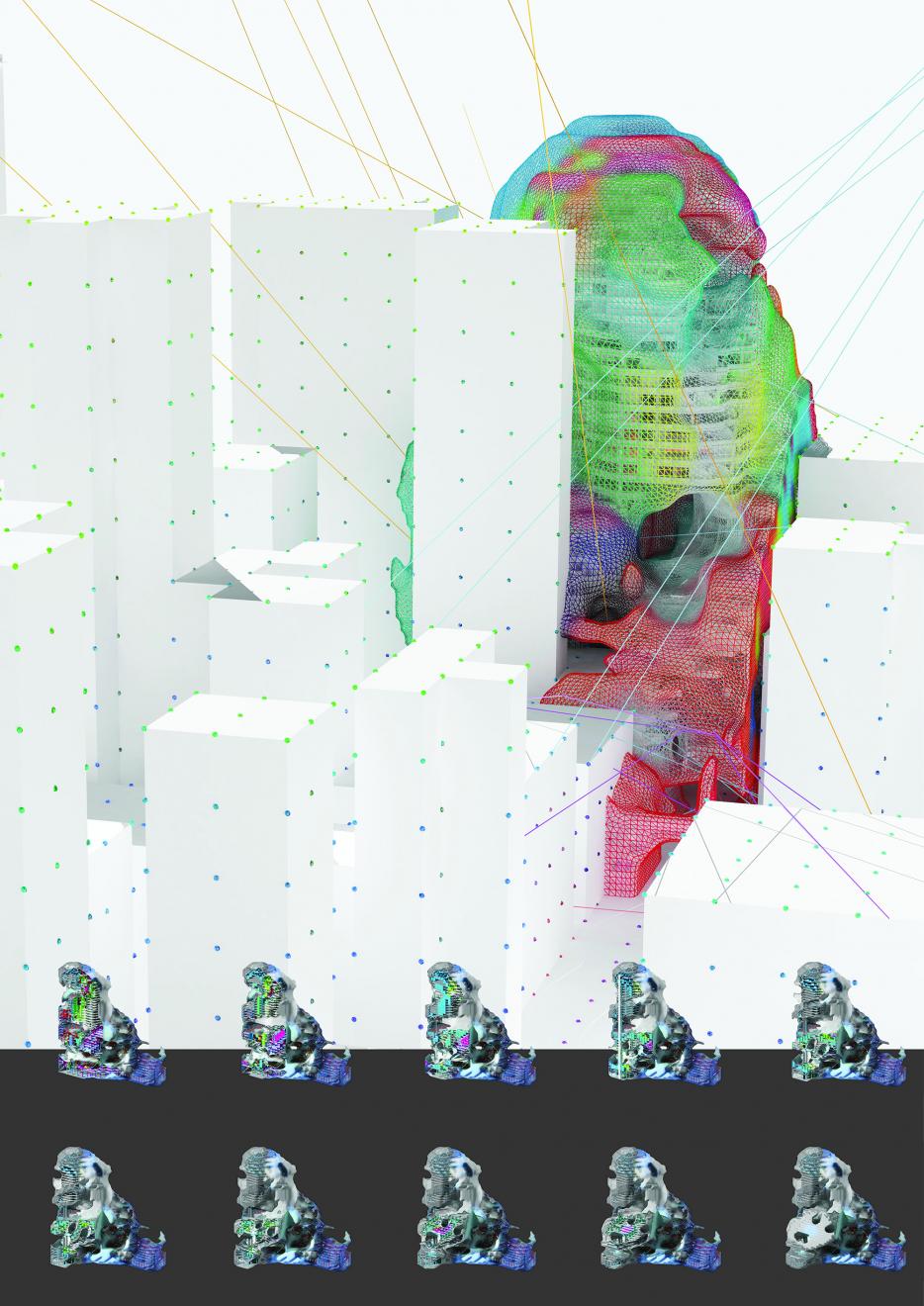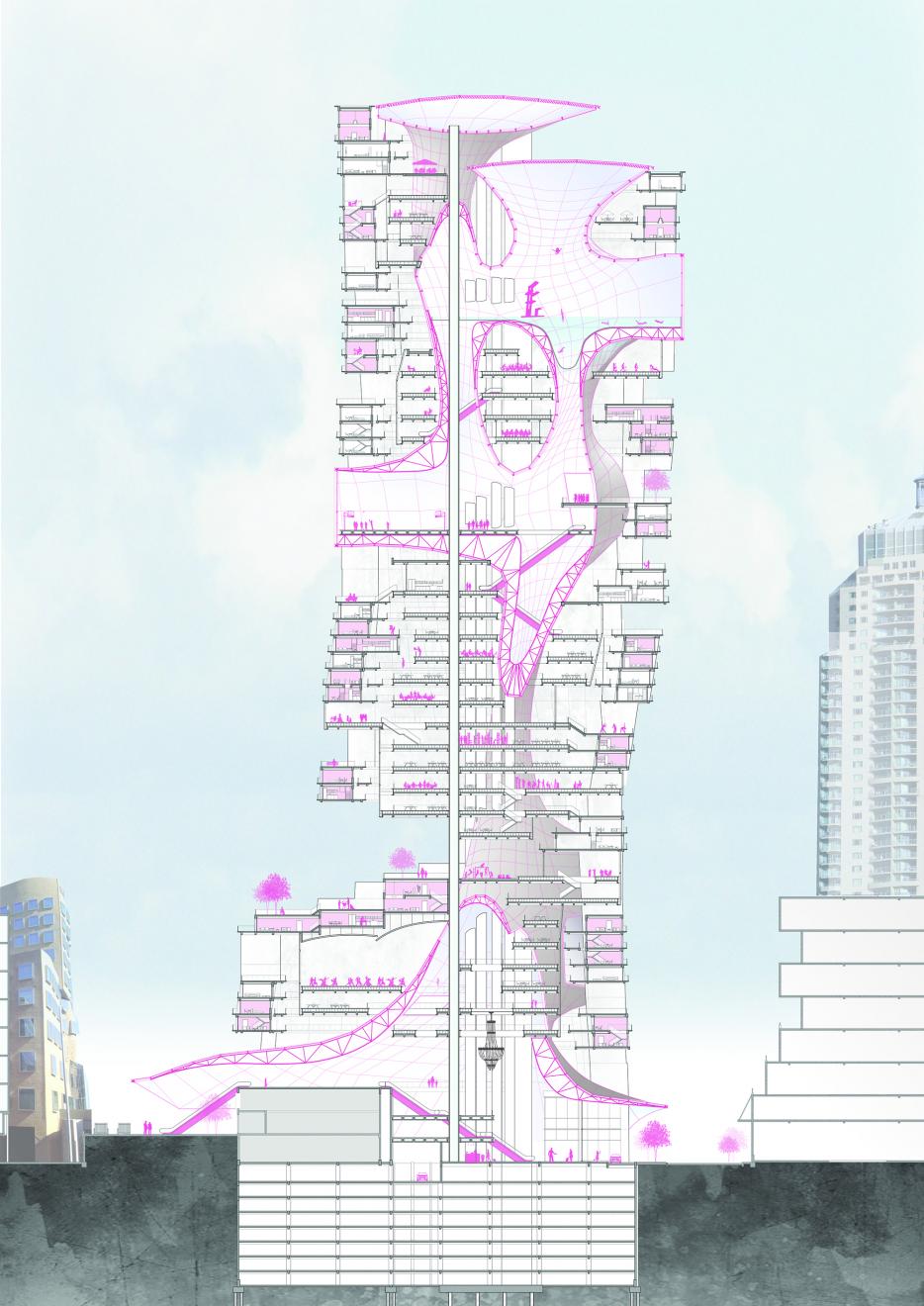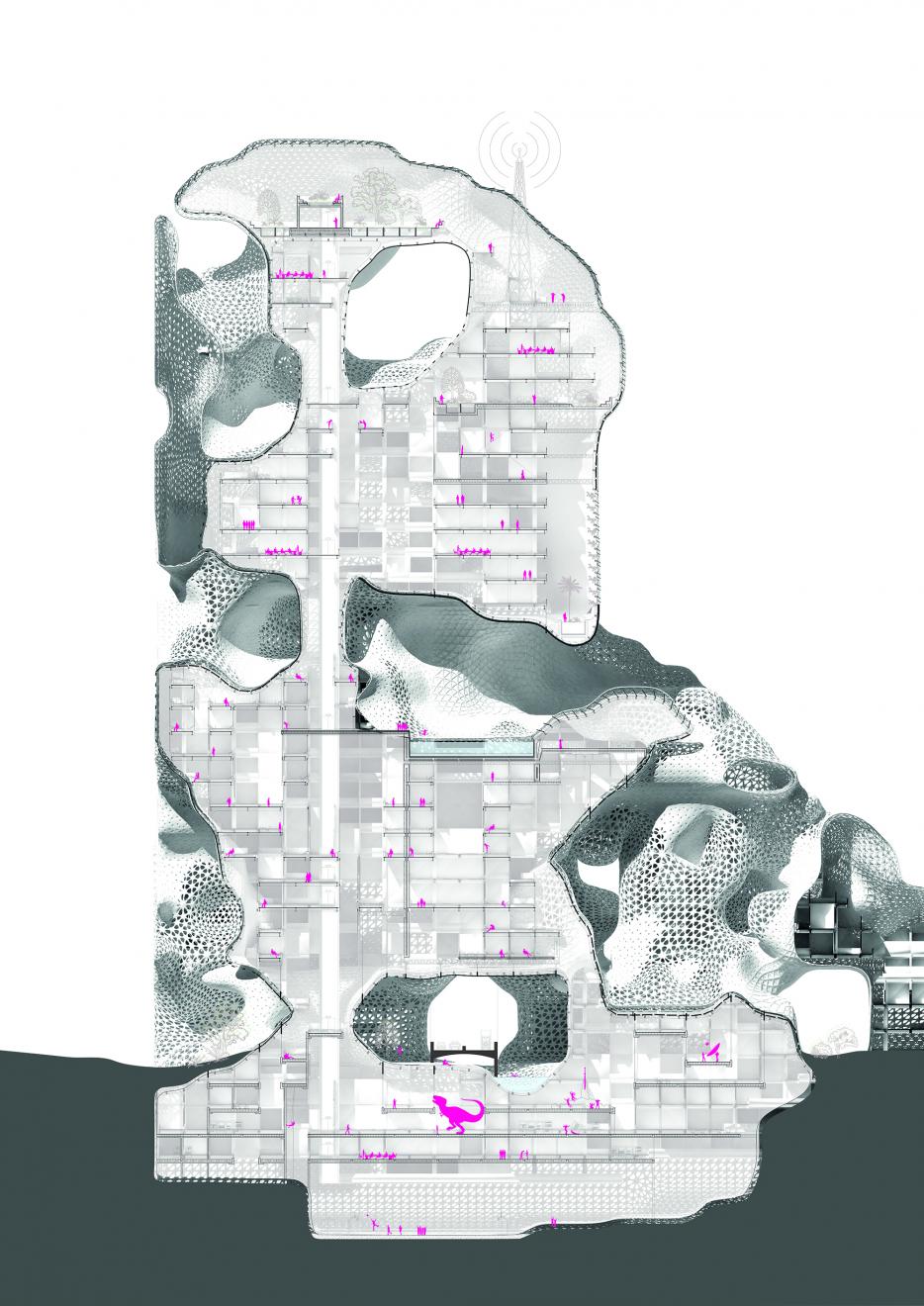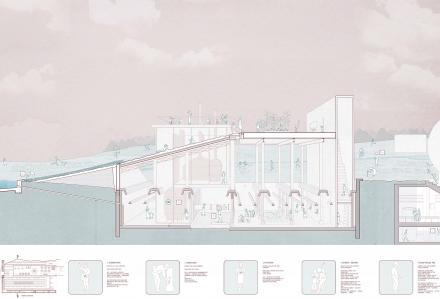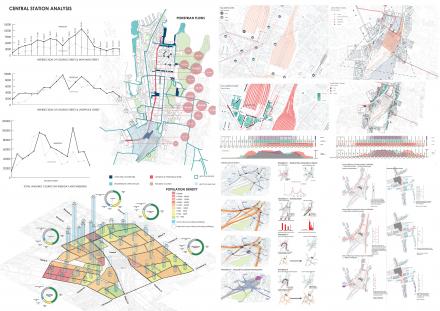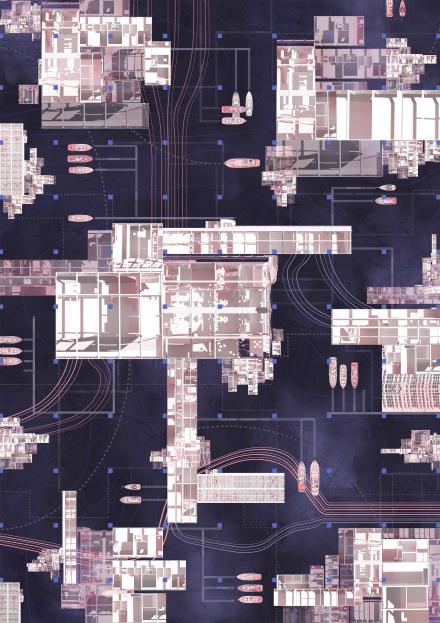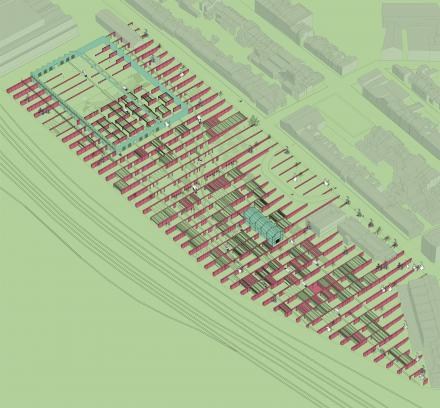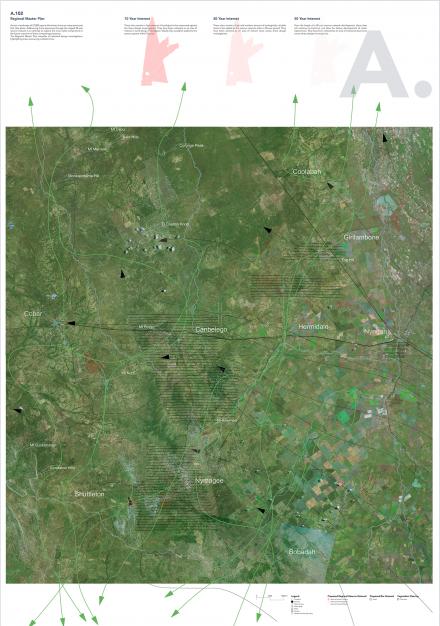Supermodels was a process-based studio celebrating the agency of the architectural model (analogue or digital) as both an object for focussing discussions about architecture as well as an apparatus for solving issues of technical performance. The studio pursued the discovery of new architectural scenarios that stretched the conventions, hierarchies, types, relationships and narratives of our discipline’s current body of knowledge as it passes through the architectural model.
The studio was realistic about the competing demands placed on architects to service the commercial interests of their clients, but also acknowledged the social contract between the architect and the city. To aid our quest, and to break-open the dominance of statutory regulations, arbitrary planning and development controls, and demands for return-on-investment, students adopted an expansive give-more-get-more approach.
The studio was fascinated both with the conditions that elicit architecture (i.e. the rules of the game) as well as the prosecution of the game itself (i.e. the act of design). As a result, students sought to design not just buildings, but frameworks wherein the skilful creation and use of bidirectional policies (sticks), concessions (carrots) and trades (jokers in the deck) makes possible increasingly flexible systems of negotiation and spatial transaction: a model of architecture that might sit above or supersede our more conventional approaches.
